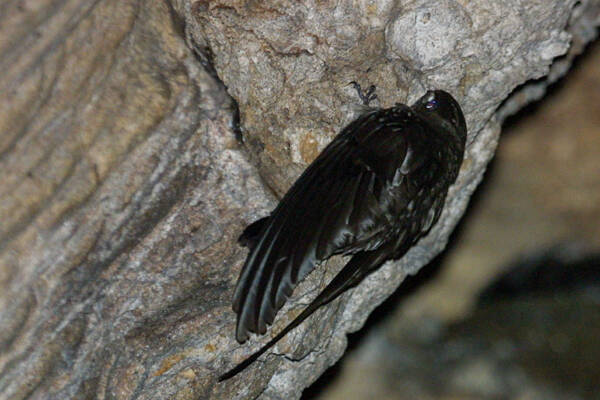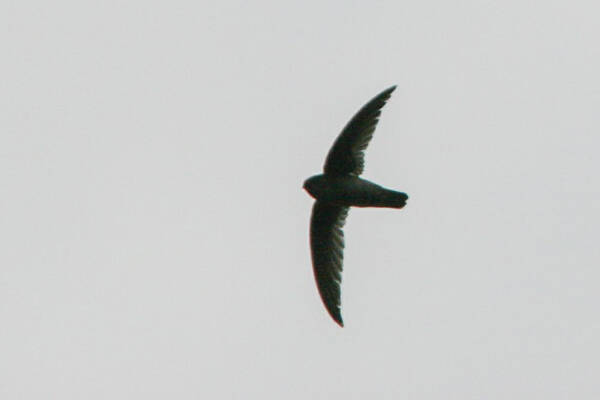Aerodramus brevirostris
IUCN
LCBasic Information
Scientific classification
- name:Aerodramus brevirostris
- Scientific Name:Aerodramus brevirostris,Himalayan Swiftlet
- Outline:Climbing birds
- Family:Apodidae Apodidae Swiftlet
Vital signs
- length:126-135mm
- Weight:13-21g
- lifetime:
Feature
The upper body is smoky gray, and the wings are very long, protruding clearly from the tail tip when folded.
Distribution and Habitat
In China, it breeds in southeastern Tibet, eastern and southwestern Yunnan, Sichuan and central China. Abroad, it is distributed from the Himalayas to Southeast Asia and western Java.
It mainly inhabits limestone caves on hillsides at an altitude of 500 to 4,000 meters. It flies in groups between open mountain ridges. It nests in cracks on cliffs, using moss as nesting material.
Appearance
A slightly smaller black swift with long blunt wings and a slightly forked tail. The color of the waist varies from light brown to grayish depending on the subspecies. The underparts are light brown with dark vertical stripes. Some subspecies have a very light abdomen. The iris is dark, the beak is black, and the feet are black.
Details
The short-billed swiftlet is a small bird that often flies in groups over its habitat to hunt during the day. When flying, it often makes a "di-di-di-di" sound, singing while flying. The sound is monotonous and rapid, and it seems to be more chaotic. It mainly feeds on various moths and flying insects such as Hymenoptera and Diptera. It forages in the air and hunts while flying.

It is a summer migratory bird in Sichuan and Hubei. It is a resident bird in Guizhou, Yunnan, and Tibet. It appears in Sichuan in late March and early April, and begins to migrate southward in late September.
The breeding season is from May to July. It usually nests in caves on rock walls. The nest is shallow disc-shaped. It is mainly composed of moss and saliva. The saliva is used to glue these nesting materials together and fix them on the rock wall. The size of the nest is 9~9.4 cm in outer diameter, 6.3 cm in inner diameter, 3.7~4.5 cm in height, and 3.5 cm in depth. Each nest usually lays 2 eggs, and the size of the eggs is 22×14.5 mm.

Listed in the 2012 Red List of Threatened Species of the World Conservation Union (IUCN) ver 3.1 - Least Concern (LC).
Listed in the "List of Terrestrial Wildlife with Important Economic and Scientific Research Value under State Protection" issued by the State Forestry Administration of China on August 1, 2000.








